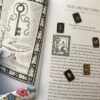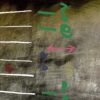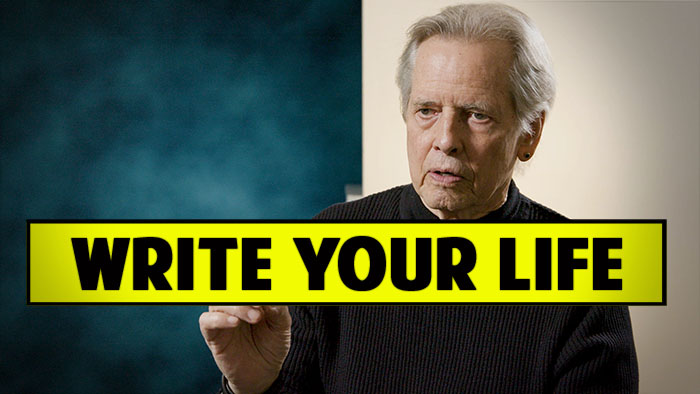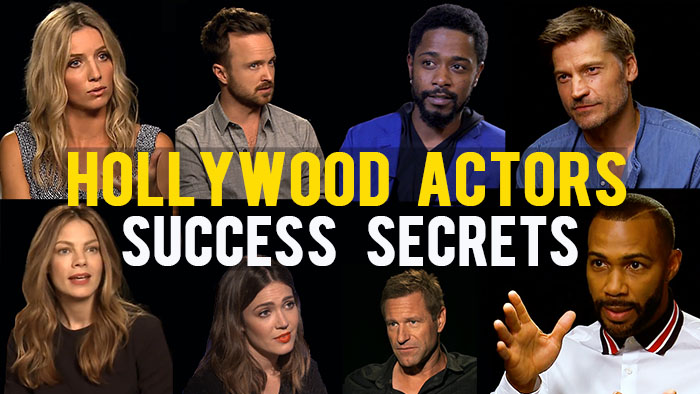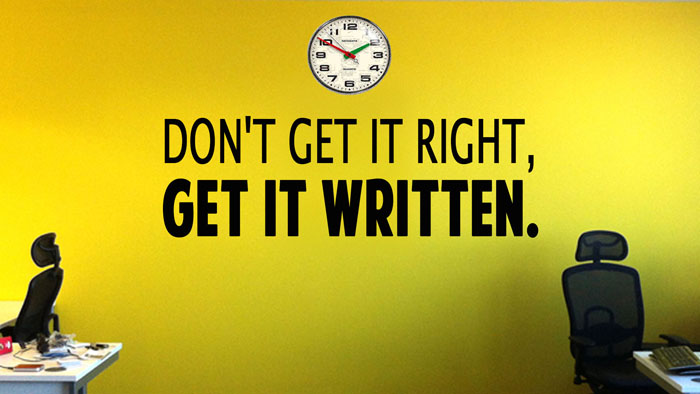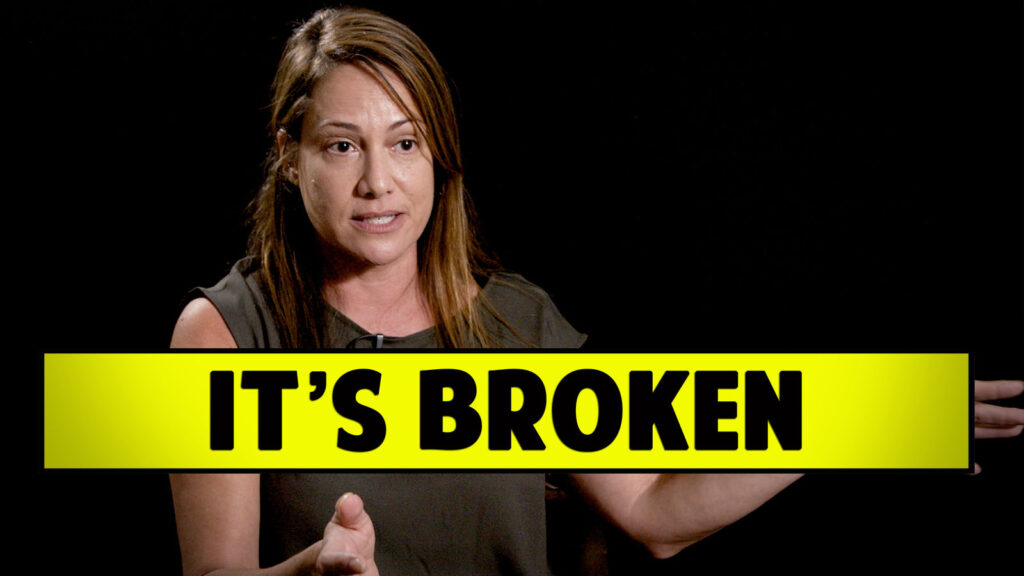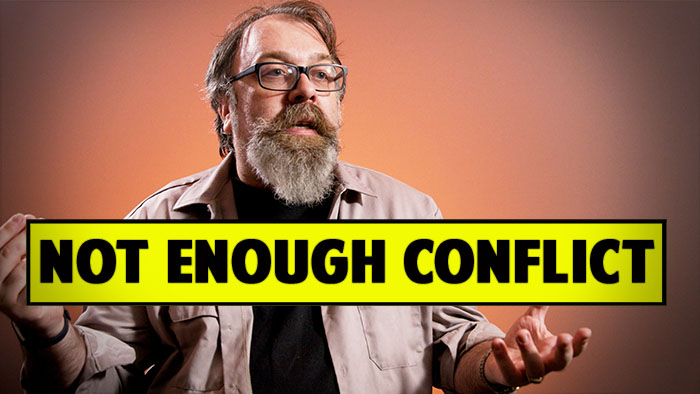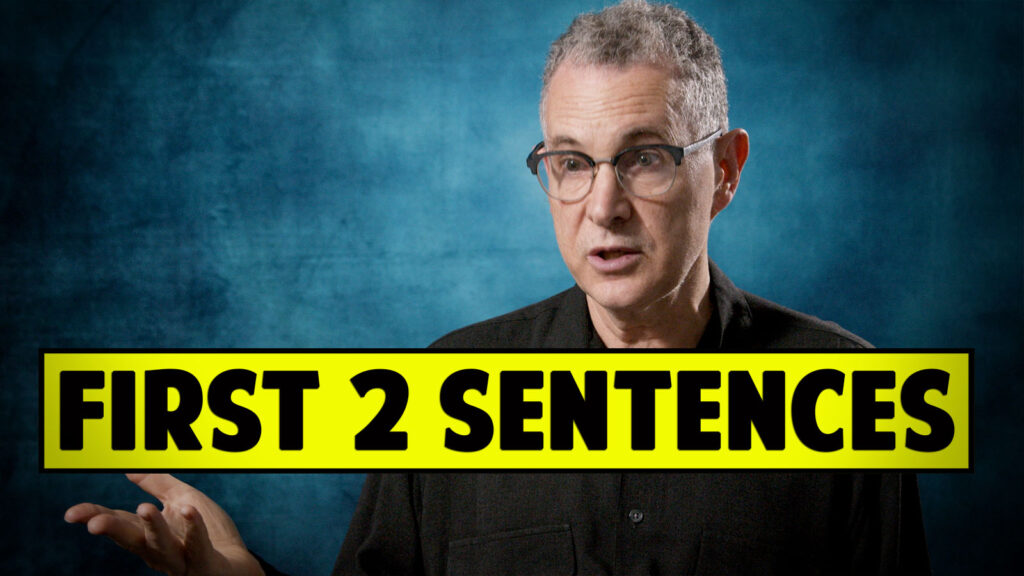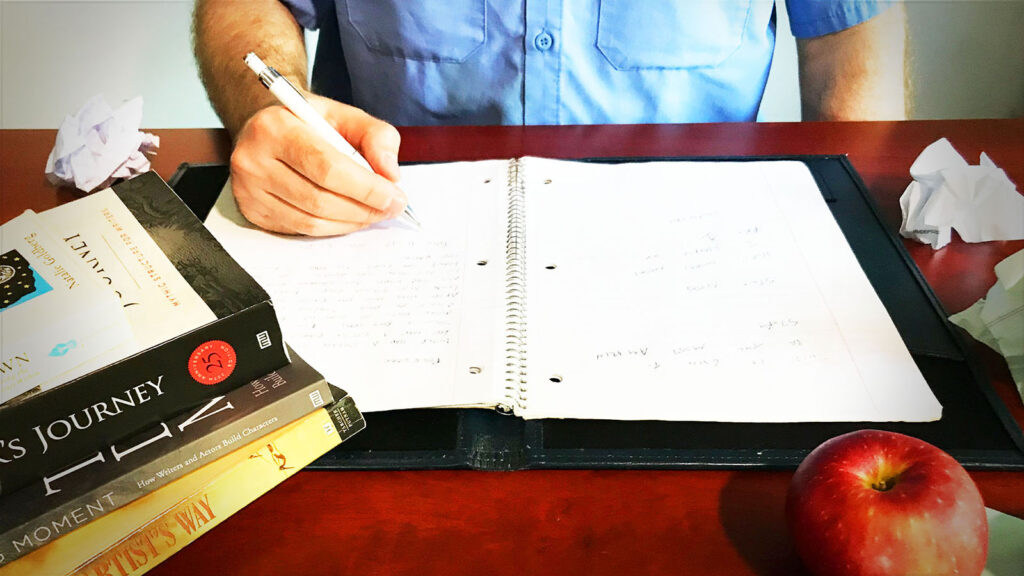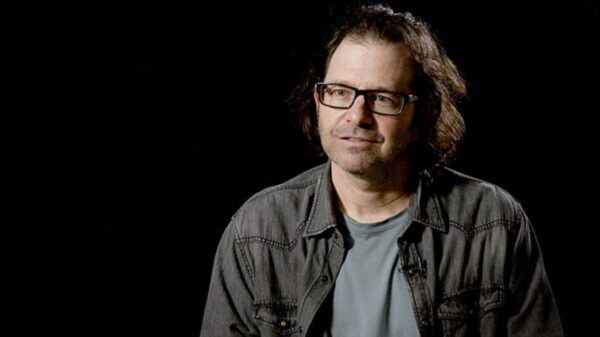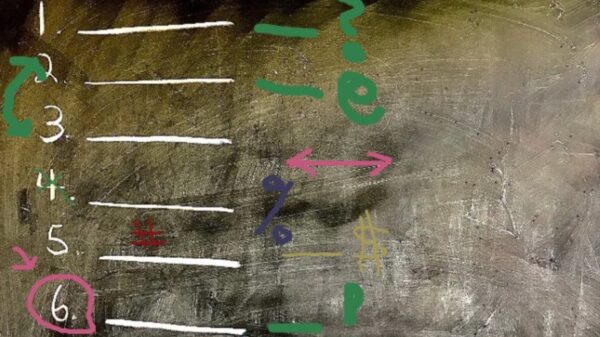
PATRICK GILLES – DP/CO-DIRECTOR/WRITER
We started with a vision and then worked backwards. Hooman (co- director+producer of Olive The Movie) came to Patrick with an idea to make a full-length feature film using a cell phone camera. Patrick immediately suggested it would look terrible. Hooman, then rephrased the question, “what if you could make a full length feature film on a cell phone”? Posed as a dare, a mission without a plan was hatched.

Quality films have three things in common. Great Acting, Great Sound and Great Imagery. We didn’t have the actors, but knew they were out there. We knew we could get great sound. Digital recording devices have become the standard in film and readily affordable. All we needed was to go on the Internet and learn about how to make your cell phone camera look amazing. We searched and searched, but found nothing. After the initial panic wore off, we realized there was nothing on the Internet about this. That was the moment we knew it had to be done immediately.

We paid $200 for a bunch of 58mm extender tubes and step rings. Patrick had a lot of experience taking things apart and putting them back wrong. So, we fabricated a tube with ground glass, a vibrating motor from a pager and a Canon EOS lens mount. Total cost $280 bucks. We bought a Canon L Series 24-70mm lens from a woman on Craigslist for $800. She had dropped lens and it had a crack on the outer housing to prove it. We named this camera-object, “The Chopper.” A Chopper is something that use to be a motorcycle, but isn’t anymore because you’ve made it unrecognizeable and cooler. When you held your eye up to the Chopper, it looked great. There was softness from the ground glass. Amazing depth of field from the lens, but the image was flipped and flopped. Upside down and reversed, left to right. Bummer.
So, how do you mount a cell phone to a Chopper? Double stick tape. Yes, we shot an entire feature length film with two-time academy award nominated actress, Gena Rowlands on a bunch of junk from the Internet, a Nokia N8 cell phone and double-stick tape. That’s the truth.

Before we thought about shooting an entire film, we shot a mock movie trailer. Like a demo tape. We showed it a bunch of people. They all said relatively the same thing. “When does the movie come out”? Again, we had tricked ourselves. People believed it was a real movie. Patrick went back to work, making local commercials in the Bay Area and Hooman set out to find more believers. Along comes Chris Kelly. Chris Kelly casually asked us if we could really do it. We lied and said, “yes.” Nothing like someone else’s trust and money to put a fire under your butt.

We wrote a script. Then, we re-wrote our script. One month later, we had a casting director and a line producer. John Scurti was the first actor to come on board. He said he loved the script, but had some ideas to beef up the role. We said, “bring it dude.” Chris Maher came on next. He also liked the script and had great ideas. We listened to Chris because he’s been in a lot of films and is a really smart guy. We sent the script to Gena Rowlands. She and her husband Robert invited Hooman down to their home to talk about it. It wasn’t an offer as much as a challenge to see if we were serious about them. Hooman jumped on a plane. They were impressed that he actually jumped on a plane the next morning and met their challenge. Gena was interested. Ultimately, it became about like people. Gena and Robert were very kind. They are mavericks of the first degree. Working with two first time directors on a family-friendly movie shot on a cell phone is not the conservative move for a legendary actress with nothing to prove. Gena Rowlands is an intrepid explorer of her craft.
Two days before principal photography, we were fumbling with mirrors to figure out how to shoot upside down and flopped. It was impossible to track an image smoothly, let along from a moving car. Panic, failure, fear. Patrick went to the local camera shop and bought a broken Hasselblad camera. Literally, the night before principal photography The Chopper had a new back end. A single tube diopter from the top of a broken Hasselblad, taped onto an articulating arm, which returned the image to normal. The heart and soul of the camera was still the Nokia N8. We recorded directly onto Micro SD cards inside the phone. We had to charge the phone every night like any other cell phone. We had no video feed, so the only one that sees the shot was Patrick, the DP. Ironically, it felt less like the future of filmmaking and more like a 1970s indie film shot on 16mm. One eyeball on the camera at a time. No audio sync. No Gen Lock, No video village, no false color peak limiter auto checks.

We shot for 28 days. All the postproduction people were amazed by the quality of the footage. It was weird for them too because, there was no time code or other big timey Hollywood technology on this footage. We reinvented the workflow and it all worked out.
It’s always a good thing when you do a Google search and find nothing. That’s the Internet telling you to move forward with your plan.
More on OLIVE THE MOVIE:








